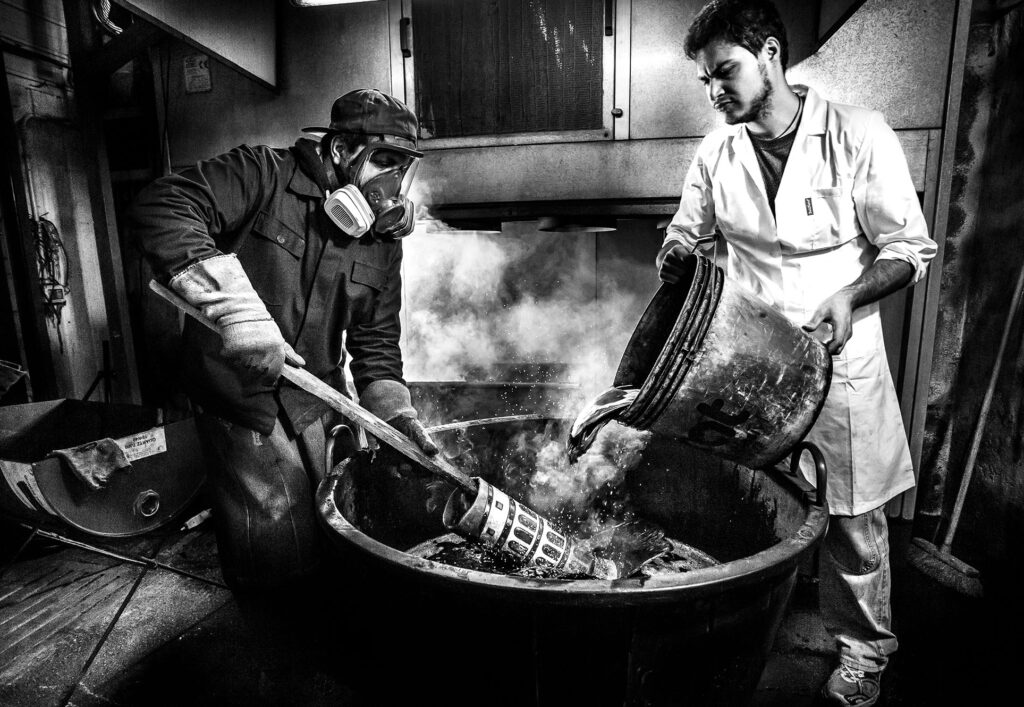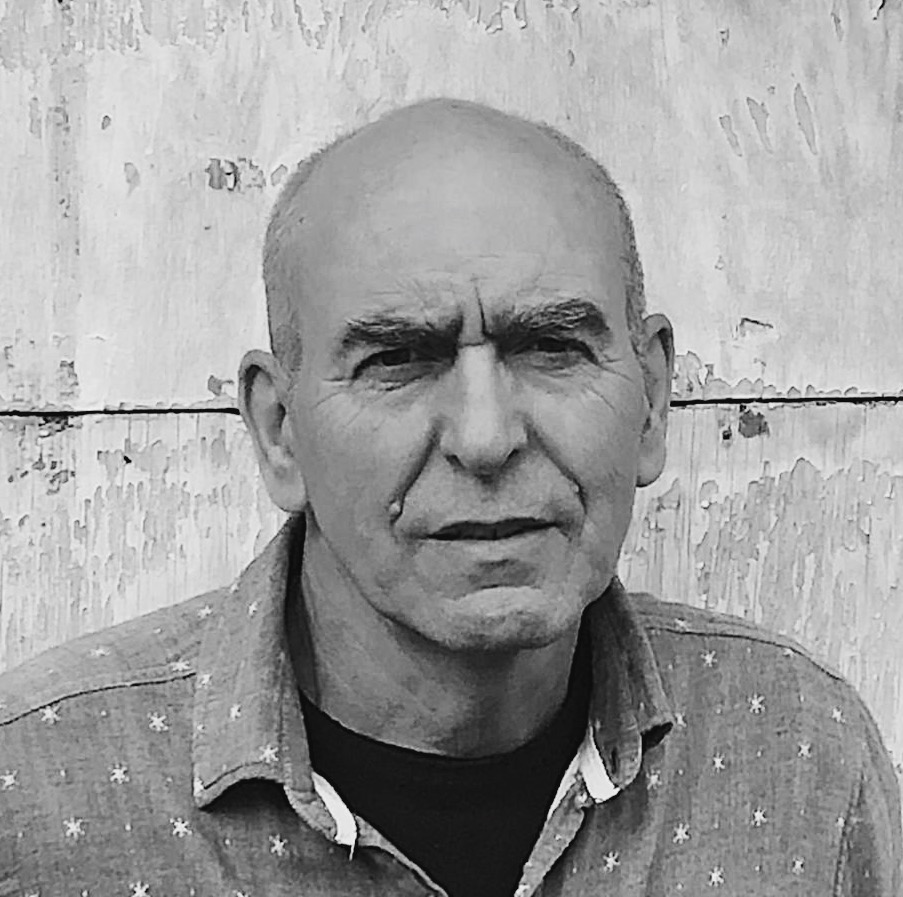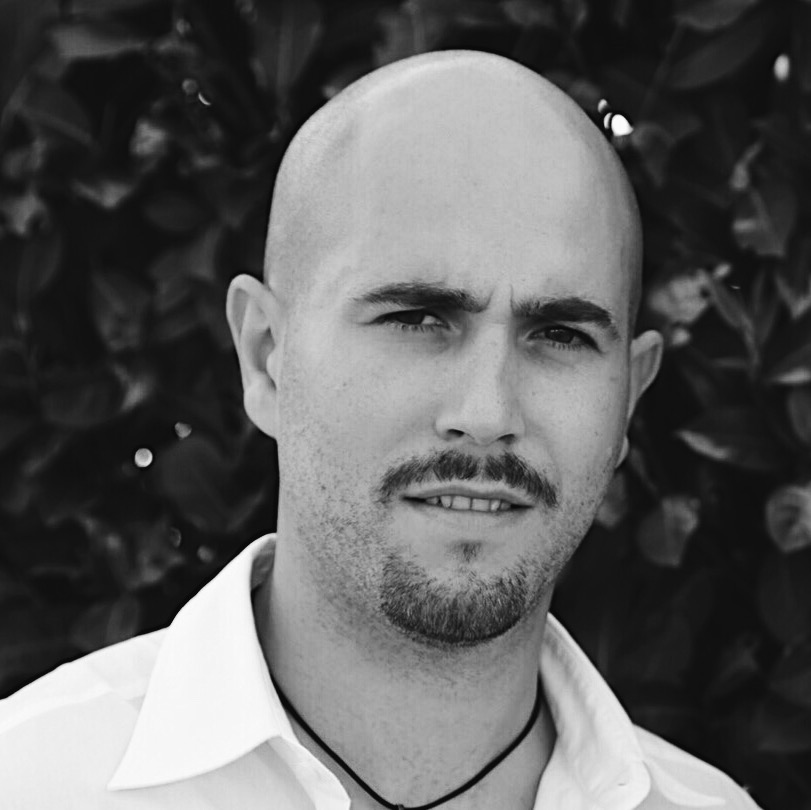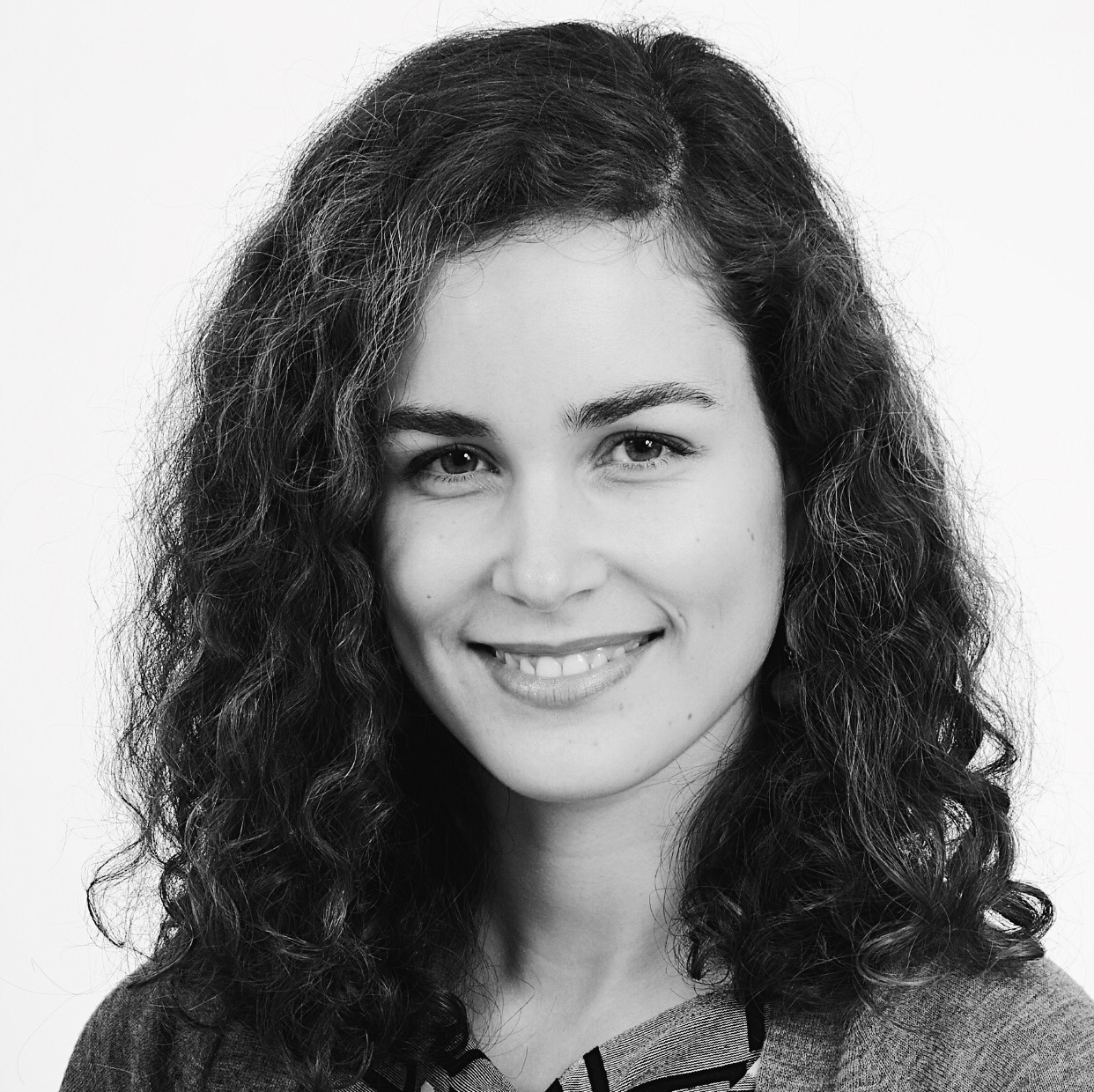Firenze
Raku
Product & interior designer
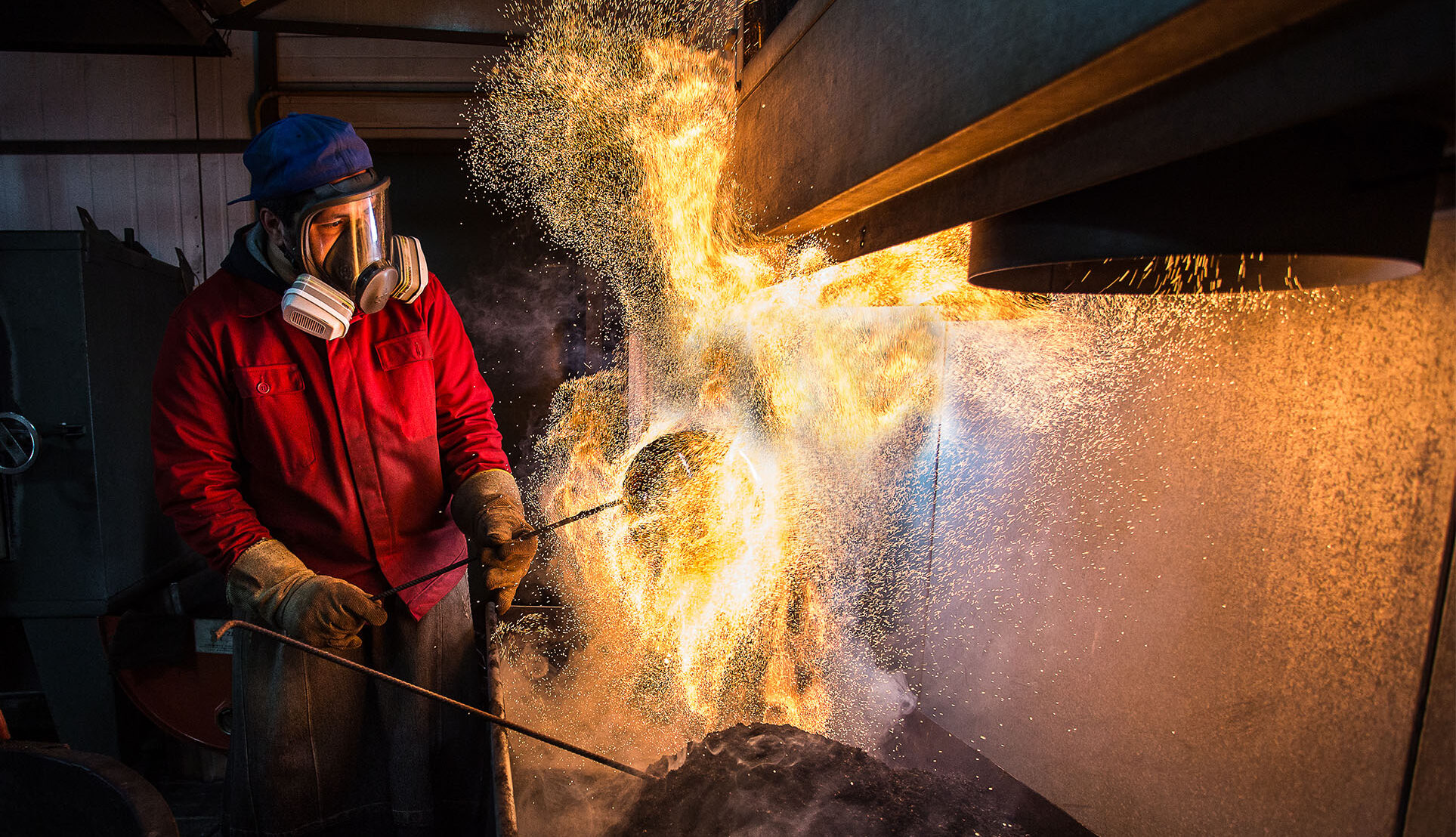
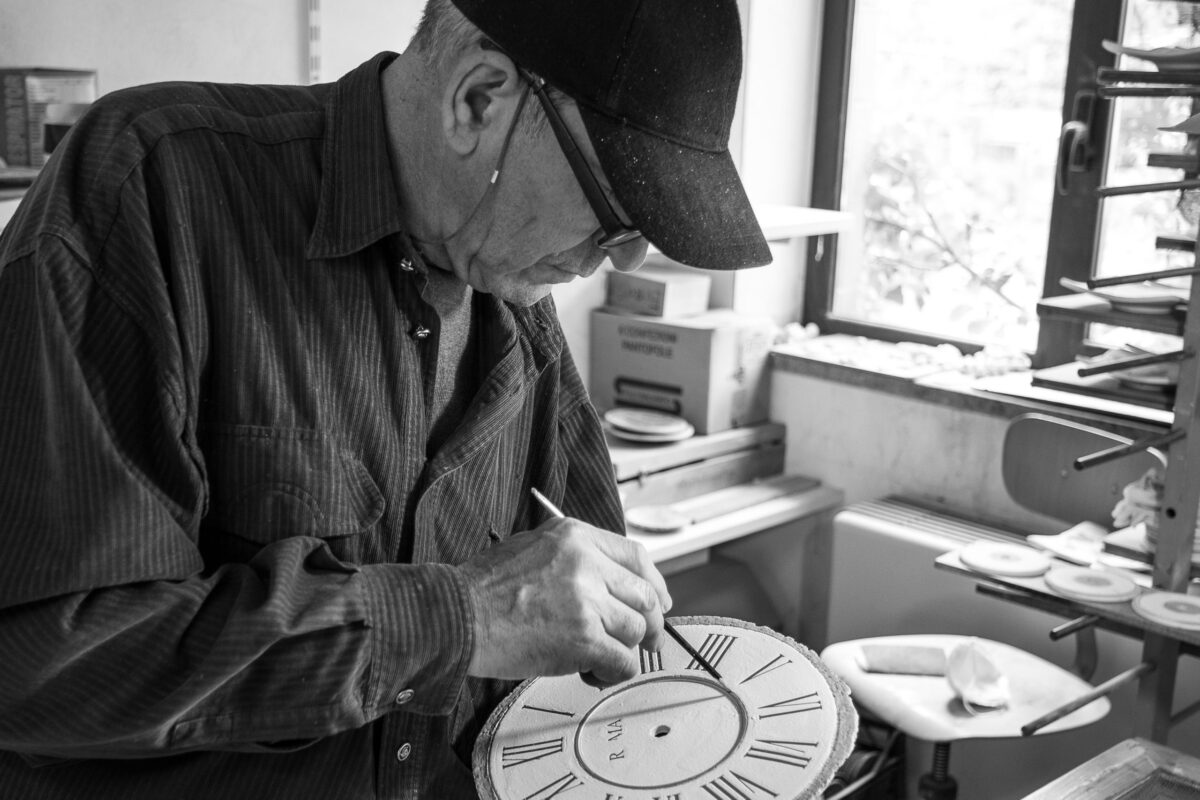
how it was born
The Firenzeraku project springs forth from an idea the three siblings, Angelo, Simone and Lavinia, acquired following their father’s foosteps, the well-known ceramist Antonio Zaccarella, creating a line of fine art ceramic clocks based on the ancient Raku technique.
After years of experience acquired in Italy and abroad, particularly so in Rome and Tokyo, they set foot in the heart of the Tuscan county seat. The preference for Florence is not without reason as the initial phase of the project sees its outset on a cold but creative winter weekend spent in Florence. After three years of research and planning, the idea becomes reality in March of 2019 with the inauguration of the Firenzeraku shop in the heart of Florence.
The strength of such initiative is tied to the uniqueness of a product entirely handmade in the Zaccarella laboratory founded in Molise in 1980. The experience the Zaccarella siblings cultivated in their father’s creative studio along with their personal educational background paves the way for highly innovative ideas which include magnificent clocks, pendulums, vases, decorative panels and other products made out of fine ceramic.
Come Nasce
Firenzeraku è un progetto che nasce dall’idea di tre fratelli, Angelo, Simone e Lavinia che seguendo le orme del padre, il noto ceramista Antonio Zaccarella, hanno creato una linea di orologi artistici realizzati in ceramica secondo l’antica tecnica raku.
Dopo anni di esperienza acquisita in Italia e all’estero, in particolare nelle città di Roma e di Tokyo, sono approdati nel cuore del capoluogo toscano. La scelta di Firenze non è stata casuale infatti la fase iniziale del progetto è nata proprio durante un freddo e creativo fine settimana invernale trascorso a Firenze. Dopo tre anni di ricerca e pianificazione l’idea è diventata realtà nel marzo del 2019 con l’apertura del negozio Firenzeraku nel centro storico fiorentino.
La forza di questa iniziativa risiede nell’originalità dei prodotti, realizzati interamente a mano nel Laboratorio Zaccarella, fondato in Molise nel 1980. Dall’esperienza vissuta dai fratelli Zaccarella sia nello Studio creativo del padre sia in percorsi di studi specifici nascono le loro idee creative che danno vita a magnifici orologi, pendoli, vasi, pannelli decorativi ed altri oggetti in pregiata ceramica.

Cromatismi unici, linee geometriche, figure astratte, suggestioni fiabesche sono i tratti distintivi dei manufatti. Lo stile inconfondibile di questi prodotti è ottenuto grazie alla personale interpretazione del raku, tecnica di lavorazione della ceramica nata in Giappone nel XVI secolo.
La tecnica raku
Il termine giapponese raku significa letteralmente “vivere con gioia”, un messaggio che invita all’armonia con le persone e le cose del mondo. Ciò che distingue principalmente il raku dalla ceramica tradizionale è il processo di cottura. Gli oggetti, estratti dal forno alla temperatura di circa 1000°, vengono immersi in materiale organico quali segatura, foglie, carta ecc., per ottenere un processo di ossidoriduzione.
Questa speciale tecnica permette di ottenere pezzi artistici dagli effetti cromatici di particolare bellezza, irripetibili nei loro riflessi metallici.
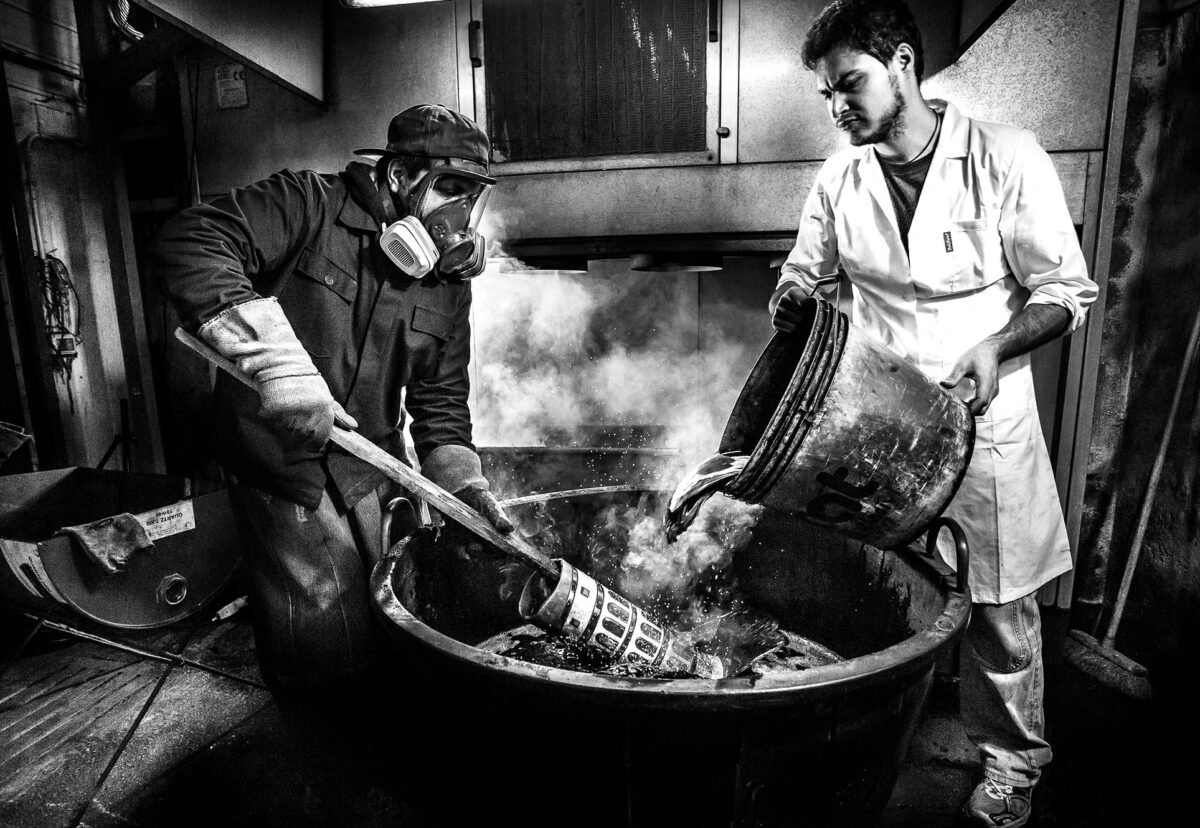
Exclusive chromaticisms, geometric strokes, abstract figures, fairy-tale like notions, are the distinctive features of such production. The univocal style of these products is established through the personal interpretation of the Raku technique developed in Japan in the 16th century.
The raku technique
The word Raku in the Japanese language literally means “live with joy”, a message which invites us to live in harmony with all people and worldly things. The principal difference between Raku and traditional ceramics is the firing process. Items extracted from the kiln at temperatures of 1000 degrees are immersed in organic material such as sawdust, leaves, paper or other as to obtain the oxydation-reduction process (redox).
This particular technique allows for fine art items of particular beauty in its chromatic effects, unrepeatable in their metallic expression.
